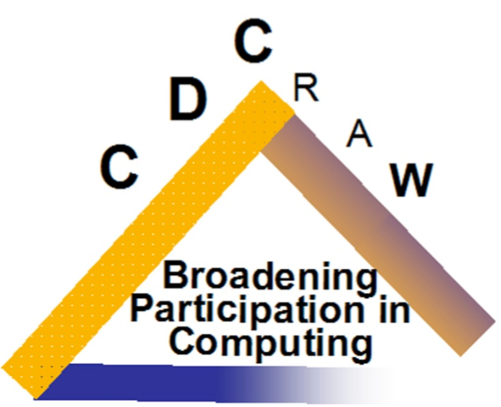
For weekly updates, see the project blog.
Power consumption and energy efficiency have become dominant concerns in large-scale computing facilities, including both supercomputers and datacenters. In supercomputing, the major issue is how to maximize the amount of computation within a fixed facility power budget. In datacenters, the issue is how to reduce energy consumption while maintaining responsiveness in case of sudden spikes in load.
A vast body of work has addressed energy efficiency in the initial design and in the day-to-day operation of these facilities. Some common themes include the use of low- power states or switching off unused components; enforcing dynamically varying power caps at different levels of granularity in the datacenter; and intelligent scheduling of workloads to meet quality of service requirements while minimizing electricity cost [1].
Most of this prior work has been application-agnostic, often focusing on datacenters hosting an arbitrary mix of applications run by different customers. However, many large-scale computing facilities run a much narrower mix of applications; supercomputing applications share many common characteristics, and many corporate datacenters segregate different tasks in different areas of the datacenter. In these contexts, application-aware power management is a promising approach.
In this work, we seek to identify patterns of power consumption behavior in supercomputing and datacenter applications. By examining traces of power consumption over time, we will investigate how power consumption varies for individual applications and across applications. We will seek to identify classes of applications that exhibit similar power consumption behavior and to build a classifier that can categorize the power consumption of a new application. Awareness of these patterns could ultimately be used for improving energy-efficient hardware design [2], co-scheduling of applications in a facility [3], and power budgeting and capping [4].
Computing Research Association (CRA) Collaborative Research Experience for Undergraduates (CREU), 2013–2014
